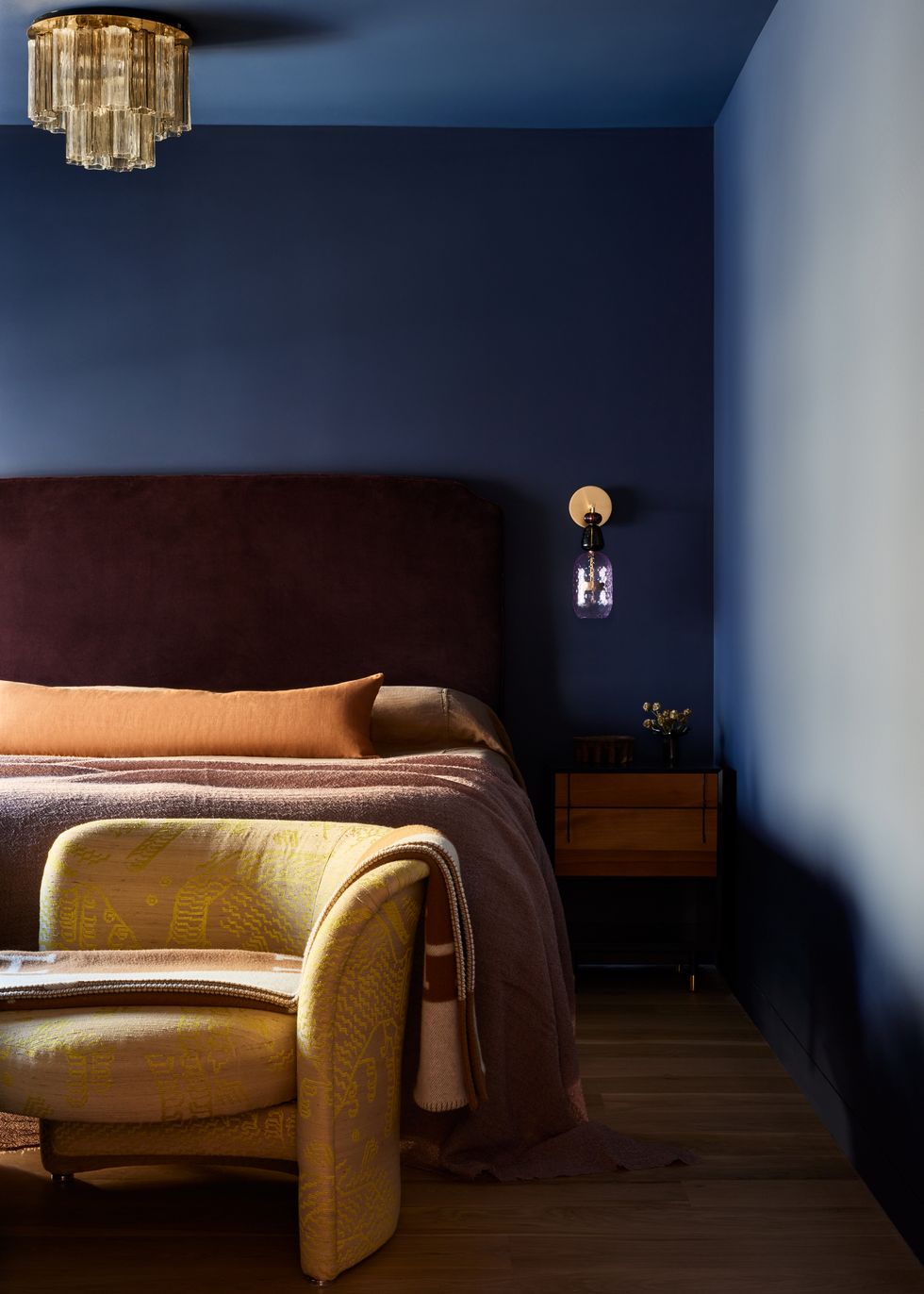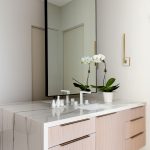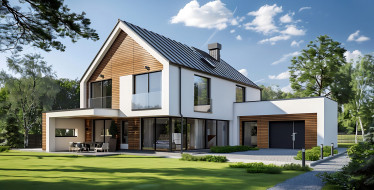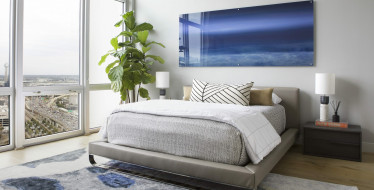In our fast-paced and hectic lives, finding a peaceful retreat within the confines of our homes has become more important than ever. We firmly believe that our living spaces should serve as sanctuaries, offering us a haven of relaxation and rejuvenation. As a firm who focuses on wellness design, this is not a trend that we are currently into, but something that runs through the core of our business. Let us delve into the significance of creating your home sanctuary, exploring the elements of color palette, room layout, shapes, and natural materials that contribute to creating a harmonious and tranquil atmosphere.

Color Palette
Color has a profound impact on our emotions and can significantly influence the mood of a space. When it comes to designing a sanctuary, it’s crucial to select colors that evoke a sense of calmness and serenity. Soft and neutral tones such as cool blues, warm grays, gentle greens, and soothing earthy hues are ideal choices for creating a tranquil ambiance. These colors promote a sense of relaxation and can help alleviate stress after a long day. Consider incorporating these hues through wall paint, furniture upholstery, or accessories to establish a serene foundation for your home sanctuary. If you do not know where to start, may we suggest considering Sherwin-Williams 2023 Color of the Year, Redend Point?

Room Layout
The layout and flow of a space greatly impact our overall well-being and comfort. A well-designed sanctuary should have a thoughtful arrangement that allows for effortless movement and promotes a sense of openness. Consider the natural flow of your home and create distinct zones for different activities, such as relaxation, reading, and meditation. By incorporating comfortable seating arrangements, cozy nooks, and uncluttered spaces, you can enhance the feeling of tranquility and make it easier to unwind. We often suggest not having a television in the bedroom to help your mind separate a place of rest with a place of activity. This article by Eachnight.com goes into great detail about this continuous, and debatable, topic of conversation.
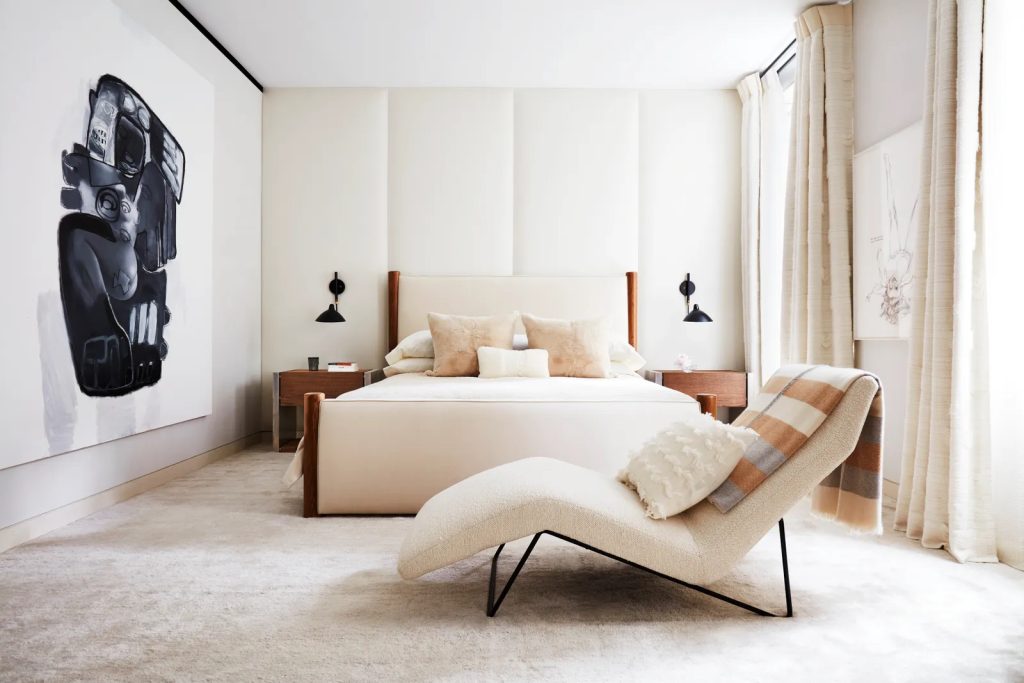
Shapes and Materials
The shapes and materials used in your home have a profound influence on the overall atmosphere. When designing a sanctuary, opt for soft, rounded edges and organic shapes that create a sense of harmony and balance. Sharp angles and harsh lines can introduce a feeling of tension, which is counterproductive to relaxation. Additionally, incorporating natural materials such as wood, stone, or bamboo can evoke a connection to nature, fostering a calm and grounded environment. Soft, tactile textures such as plush rugs, cozy throws, and smooth fabrics further enhance the sensory experience of your sanctuary while helping to absorb sound in a space.

Lighting
Proper lighting is crucial for setting the mood and ambience of any space. Natural light is always preferred, as it uplifts the spirit and promotes a healthy circadian rhythm. Maximize the entry of natural light by using sheer curtains or blinds that allow sunlight to filter through gently. When artificial lighting is required, opt for warm, soft lighting fixtures that emit a cozy glow, avoiding harsh, fluorescent lights that can disrupt relaxation. Layering lighting with floor lamps, table lamps, and dimmer switches allows for greater control over the atmosphere, creating a soothing and intimate environment.
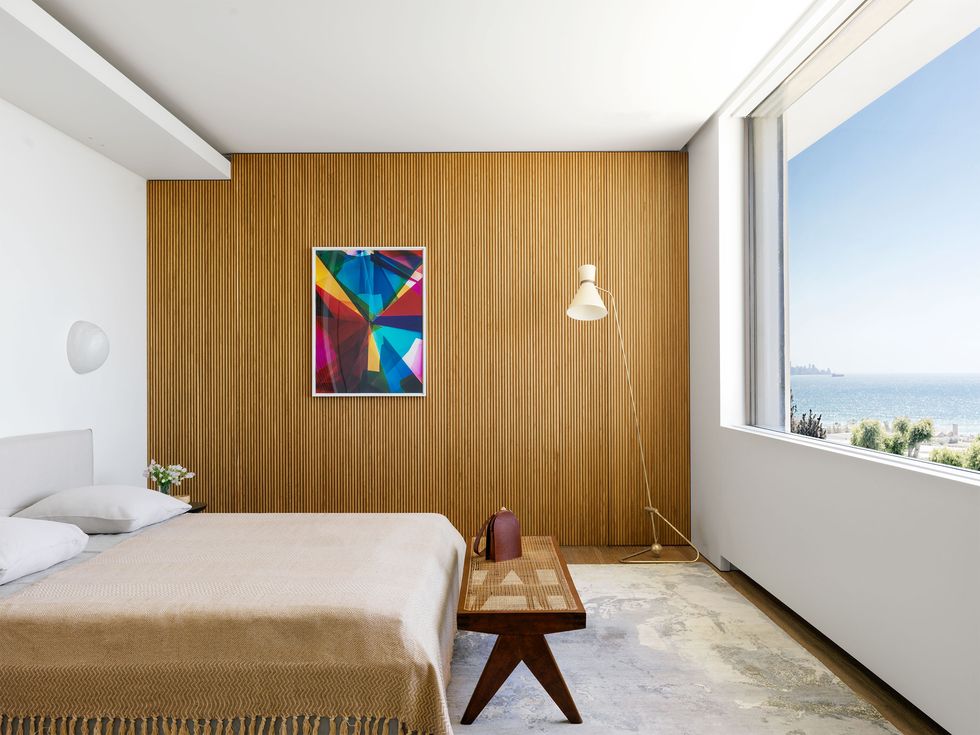
Personalization
Finally, personalization is key to creating a sanctuary that truly reflects your individuality. Surround yourself with objects, artwork, and photographs that hold special meaning or evoke positive emotions. Consider incorporating elements of nature, such as indoor plants or a small water feature, to bring a sense of tranquility indoors. Keep your space organized and free from clutter, as a cluttered environment can disrupt mental peace and hinder relaxation.
Remember, your home should be a reflection of your unique personality and a place where you can truly unwind and find inner peace. How are you creating your own sanctuary? We’d love to know!


